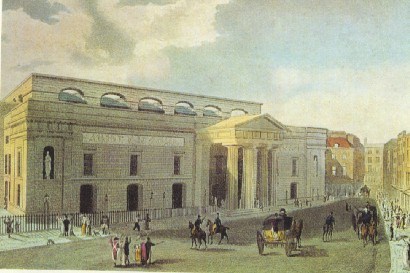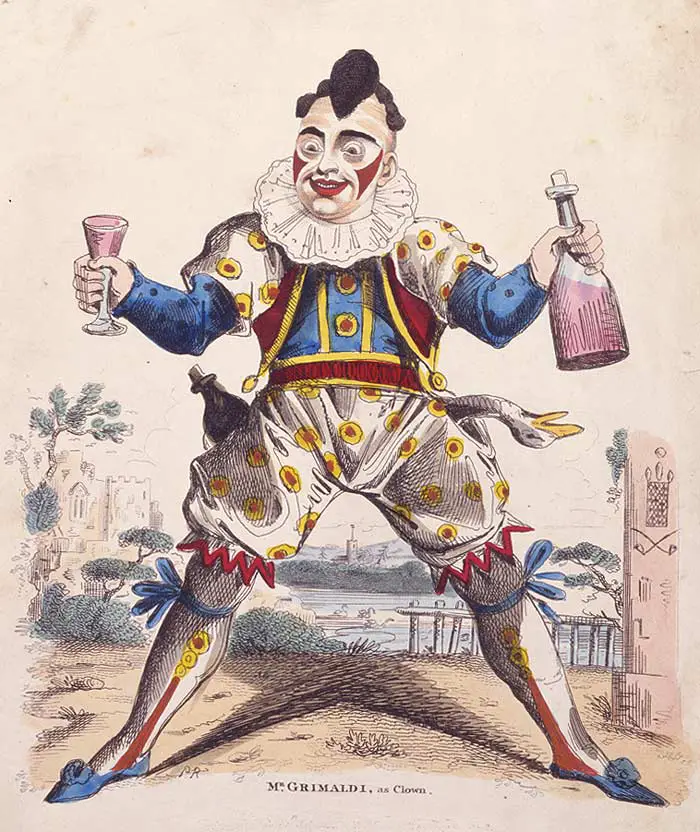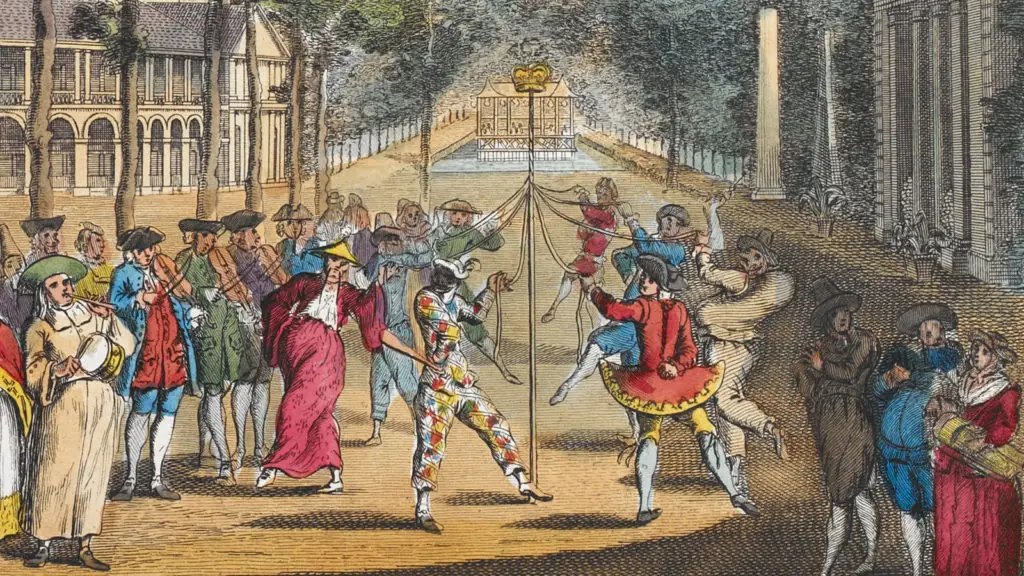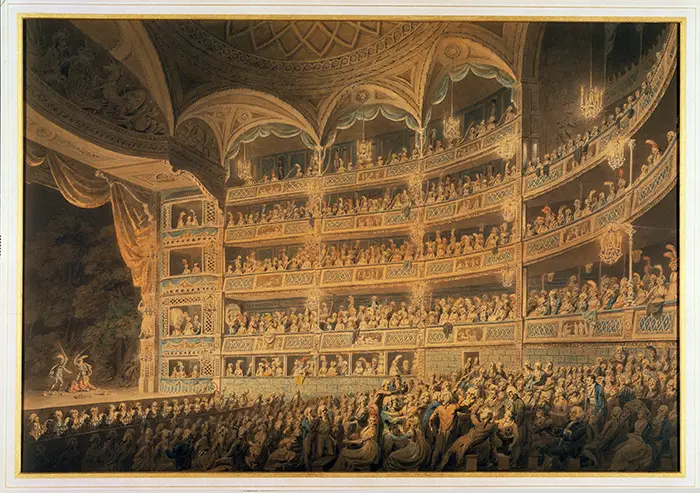The Georgian Era in the history of England is the time period when the four King Georges- I, II, III and IV ruled the throne of the country. It began when King George I was crowned in 1714 and ended with the death of King George IV in 1830. The time period is one of social transformation of England from a traditional to a modern society, which makes it particularly important.
The Georgian Era is remembered as a time when industrialization started in England. Many great contributions in the area of science and technology were made during this time and it resulted in a direct impact on the social life of people.
However, the people of the Georgian times also gave due importance to their entertainment and for public entertainment, the theatre was the only medium that was available.

Popular Genres of Plays during the Georgian Era
England has a very long tradition of theatre. Since medieval times, the theatre was one of the most important medium of entertainment of the gentry as well as the common people. From theatre groups that had their own wagons and performed on the move to the popular pit theatres of the Shakespearean Era, there have been many ways in which the English theatre evolved.
By the 18th century, theatre in England continued to maintain a very special place in society. Even though it was more like the traditional theatre, the types of plays that were being performed during those times reflected the society in which the people lived.
As a result, the restoration theatre from the previous era had become unpopular and theatre became more neoclassical in its approach. Much like the society, the theatre also started to question blind faith and religion and started to move towards a rational approach to reason.

These changes increased the popularity of sentimental plays that portrayed that all human beings are essentially good but sometimes follow the negative approach due to their circumstances. Besides this, ballad opera also became popular which included songs and music and were usually light hearted comedies or satires.
The audience of the Georgian Era was also fond of farce, which is a comedy that happens because of unrealistic events taking place.
During the Georgian Era, comedy and music became very popular as the tools for ensuring the engagement of the audience. As a result, after most plays pantomimes were performed. These usually included mime acts with a background music of some popular tunes. Sometimes, it also included dancing and performing acts like juggling and rope walking, which the audience liked very much.

Theatres of The Georgian Era
The structures of the theatres that people visited during the Georgian Era was close to the pit theatres of the previous times. However, these were now taken indoors and there were dedicated theatres for performances. Besides, another great addition made to these theatres were the balconies that were constructed on the sides of the stage.
The balcony seats were given to the high-class people and the lower class audience had to stand in the pit to watch a play. However, the popularity of the actors was a common link between the audiences and the Georgian Era is probably the earliest times when actors started to enjoy a celebrity status in the society.
Even then, brawls and riots were very common in the theatre. It was also not a problem if people enter the leave the hall in the middle of a performance and after a bad performance, they would usually attack the actors on stage with rotten vegetables.

It was also common for the audience to pass comments and make jokes in the middle of a performance. People would consume food and even alcohol while in the middle f a performance inside the theatre.
The audience often mocked the actors for delivering a bad scene and would also demand a repetition if a scene is good. It was also very common for men to mingle with prostitutes inside the infamous ‘pit’ while performance was going on. This resulted in a lot of chaos and noise but was included in the entertainment part of enjoying a theatrical performance.
One of the biggest differences between the Georgian Era theatre and its later counterparts was the lighting. Mostly, the theatres were lit by candles and large chandeliers were placed in order to make sure that the light is reflected uniformly. This meant that not only the audience could see the actors but the actors performing on the stage could also see their audience.
Moreover, the audience was not silent and at times would also become rude and unsocial. However, the theatre was a major way that the people of the Georgian Era used as a form of entertainment, which resulted in its increased popularity among all social classes of the Georgian Era.